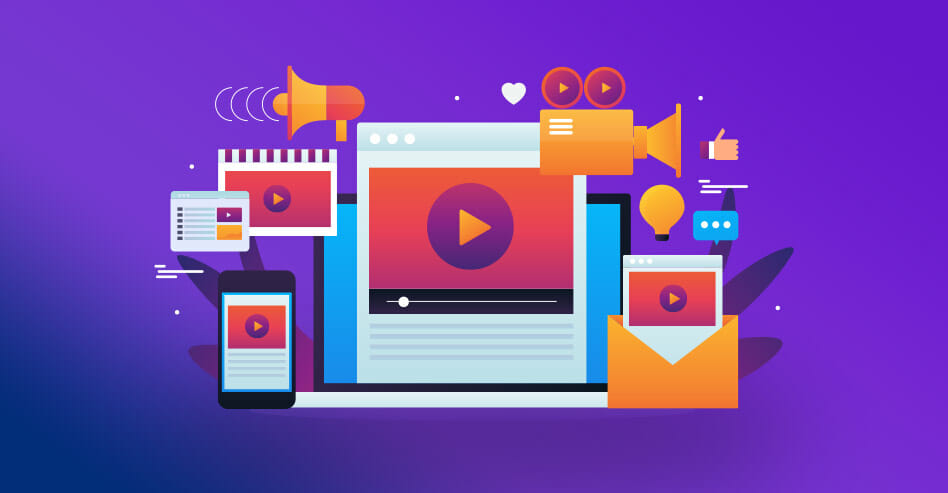
What is Video Content?
If you are asking “What is video content?” there’s a good chance that you are either new to marketing and are unclear about the lingo or that you have been living under a rock – or at least in some community that eschews technology.
The simplest answer to the question is that video content encompasses any kind of video that you create for your marketing or advertising. Video is one of the most powerful marketing tools in your arsenal.
It comes in many forms, and it can be in any length. You can share it on your own website, on social media, in your email, and in your ads.
Understanding the different types of video content can help you figure out what might work best for your marketing strategy and learn how to adapt them for your brand. Here’s a look at some of the most popular types of video content:
Product Demonstrations
When a lot of people think of product demonstrations, they think of the infomercials of old that we now make fun of and associate with cheesy products that no one really needs.
That’s not the association you want for your product or your brand.
But online videos are not like those infomercials of old. You can create short video product demonstrations that show how your product has real-life benefits and practical applications.
For example, you sell shoe polish and you create a video about polishing shoes. You don’t have to make claims about how it rejuvenates 30-year-old shoes or gets a shine like you’ve never seen before – you can let the results in the video speak for themselves.
People appreciate these product demonstrations because they show how the product is used in real life and also gives them other useful information. That shoe shining video does more than promote shoe polish – it also gives people great tips for how to shine shoes effectively.
Tutorials
The Internet has become like the best library in the world that everyone can access without fear of late fines.
You can learn anything online, and video tutorials are one reason why.
You can create a video tutorial for anything, whether it includes your product or is just related in some way to your brand. For example, you sell shoe polish, but you can’t create dozens of videos about shining shoes. So maybe you create tutorials about getting scuff marks off white shoes or waterproofing your suede loafers.
Tutorials bring in people who may not be looking for information about your product but who have an interest in a related subject. They help you capture much more of your audience without directly marketing to them.
Testimonials
Everyone shops online these days, but just about everyone looks for reviews online before they make the purchase.
They can’t check out the product in person, so they learn what other people have to say about it before they commit to buy. They want to know the good and the bad.
By posting video testimonials, you help customers do that research and give them positive information about your product. The video also makes the information seem more personal and immediate. It puts a face behind the words, unlike a written review, so it can carry more weight.
Make sure to include the names of the people providing the testimonial and any other information that seems relevant, such as an age or location. The more information you’re able to provide, the more likely the people will appear as real people and not paid actors.
Behind-the-Scenes Look
Have you ever wondered how your shoelaces get those little plastic things on the ends that make them easier to lace? Or have you ever thought about how caramels get packaged in such neat little rows inside their plastic wrappers?
People are interested in what goes on behind the scenes, especially if you have an interesting or unusual product or service. You can create videos that show how your product is made, packaged, or shipped. Or you can create videos that show how things operate in the office, such as how people conduct research, how they package things, and so on.
Think like a viewer when you put together these videos. Some of the more technical details can seem really interesting to you, but they can be very boring to viewers. Highlight the information that is interesting or engaging, and summarize the bits that might lose the average layperson.
Video marketing can help you reach more of your audience, especially those people who are on the go and prefer to consume content when they are commuting or doing other things. Watching a video can sometimes be easier than reading an article. Watching a video can also be much more engaging.
Consider creating some of these video types for your brand marketing. You can also incorporate them into your advertising and social media strategy.

